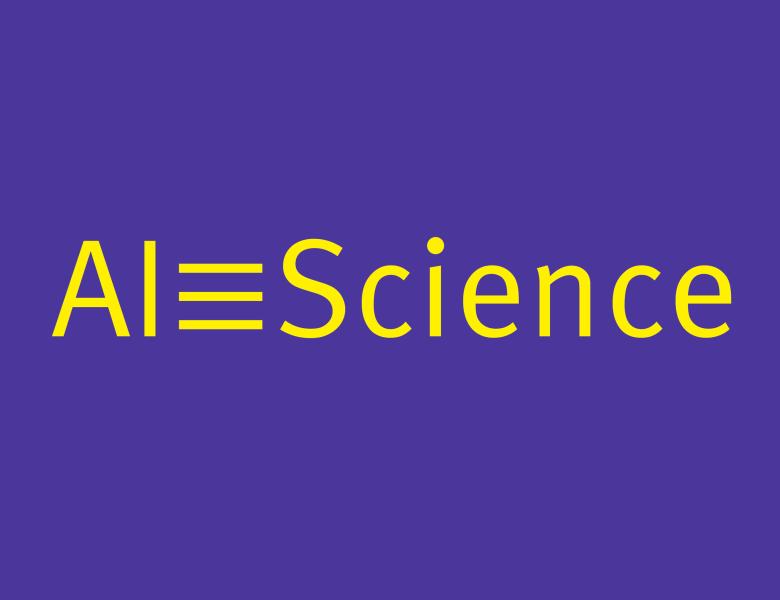
Abstract
Many important materials and meta-materials are characterized by their periodic structure. Crystalline solids, for example, exhibit symmetries from one of the 230 crystallographic space groups, and cellular-solid meta-materials often have periodic pore geometries. As we develop machine learning models to explore the properties of these materials — and ideally discover new ones — it is advantageous to incorporate these symmetries. In this talk I will discuss new techniques we have developed to incorporate crystallographic group invariance into machine learning models in both linear and nonlinear representations. I will discuss how this can be incorporated into ansätze for solving the Schrödinger equation for crystalline solids, how they can improve generative modeling of materials, and how these symmetries provide generalizations of design spaces for cellular mechanical meta-materials.


